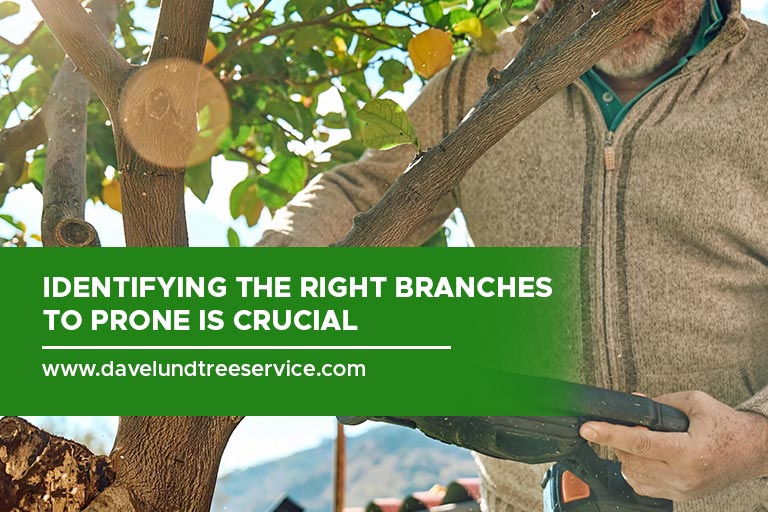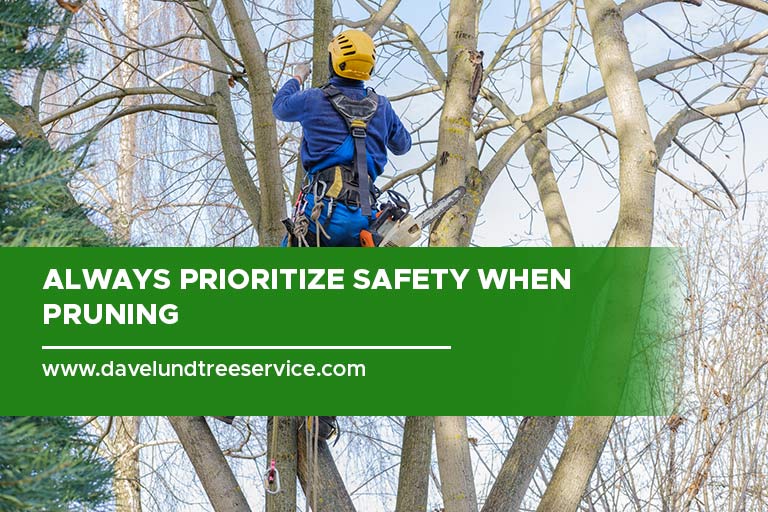When storms roll through Newmarket, the strength and health of your trees can make all the difference. Severe weather events are increasingly common, as documented in the Canadian Disaster Database, which you can check for detailed information.
Proper tree pruning not only enhances the beauty of your trees but also fortifies them against severe weather. In this blog, we’ll explore essential tips and techniques for pruning your trees to boost their storm resistance and ensure they stand tall through any storm.
Importance of Tree Pruning
Tree pruning is more than just a cosmetic task; it’s essential for maintaining the health and safety of your trees. By removing dead, damaged, or diseased branches, you can prevent the spread of disease and pests, ensuring your trees stay robust and healthy. Proper pruning also improves air circulation and sunlight penetration, which are vital for the tree’s overall well-being.
Moreover, well-pruned trees are more resilient to storms. They can better withstand strong winds and heavy rains, which reduces the risk of falling branches or even uprooting. This is particularly important in Newmarket, where severe weather events are not uncommon. By understanding and implementing effective pruning techniques, you can significantly enhance your trees’ structural integrity and storm resistance.
Pruning also plays a critical role in shaping the tree’s growth. By strategically removing certain branches, you can guide the tree to develop a more desirable form, which is not only aesthetically pleasing but also structurally sound. This proactive approach helps prevent potential hazards, such as branches growing too close to power lines or buildings.
Identifying Trees in Need of Pruning
Knowing when your trees need pruning is the first step to ensuring their health and storm resistance. Here are some key signs to look for:
- Dead or Dying Branches: The presence of dead or decaying branches is one of the most noticeable symptoms. Due to their propensity to fall off during storms and may cause damage or injury, these branches can be dangerous.
- Crossing or Rubbing Branches: Branches that cross or rub against each other can cause wounds on the tree, making it more susceptible to disease and pests. Pruning these branches helps to maintain a healthy structure and prevent future issues.
- Weak or Overextended Branches: Long and overextended branches can be particularly vulnerable during storms. Identifying and pruning these branches can reduce the risk of them snapping under pressure.
- Signs of Disease or Pests: Look for signs such as discoloured leaves, unusual growth patterns, or the presence of insects. Pruning affected branches can help prevent the spread of disease and pests to other parts of the tree.
- Dense Canopy: A very dense canopy can catch the wind like a sail, increasing the risk of storm damage. Thinning out the canopy allows wind to pass through more easily, which reduces the strain on the tree.
- Proximity to Structures: Branches that grow too close to buildings, power lines, or other structures should be pruned to prevent potential damage. This is especially important in urban areas like Newmarket, where trees often share space with homes and infrastructure.
Focusing on Storm Resistance

When it comes to ensuring your trees can withstand Newmarket’s storms, specific pruning techniques can make a significant difference. Here’s how to focus your pruning efforts on boosting storm resistance:
- Ensuring Proper Spacing: Well-spaced branches will distribute weight more evenly and are less likely to interfere with each other during a storm. Prune branches that are too close together to create space, allowing each branch to grow stronger and more independently.
- Enhancing Branch Strength: Focus on developing a strong, central leader and well-spaced lateral branches. This structure enhances the tree’s stability and reduces the chance of large limbs breaking off during high winds. Remove any competing leaders or weakly attached branches to promote a robust structure.
- Addressing Hazardous Branches: Branches that hang over power lines, roofs, or other structures can be especially dangerous during storms. Prune these branches to prevent them from causing damage if they break off. This proactive measure is crucial for safety, particularly in urban areas like Newmarket.
- Regular Maintenance: Regular pruning is key to maintaining storm-resistant trees. Make it a habit to inspect and prune your trees annually, addressing any new growth that could pose a risk. Consistent maintenance ensures that your trees remain healthy and resilient over time.
“Storms make trees take deeper roots.” – Dolly Parton
Safety Considerations
Pruning trees can be a rewarding task, but it also comes with its risks. Ensuring your safety and the safety of those around you is paramount. Here are some important safety considerations to keep in mind:
- Wear Protective Gear: Always wear appropriate protective gear when pruning trees. This includes gloves, safety glasses, a hard hat, and sturdy footwear. This equipment helps protect you from cuts, falling branches, and other potential hazards.
- Use the Right Tools: Using the correct tools is not only effective but also safer. Make sure your pruning tools are in good condition and appropriate for the job. Sharp, clean tools make cleaner cuts and reduce the effort required, minimizing the risk of accidents.
- Be Aware of Your Surroundings: Before starting, assess the area around the tree. Look for potential hazards such as power lines, buildings, or other trees. Be mindful of where branches might fall and ensure there is a clear and safe space around you.
- Follow Proper Techniques: Improper pruning techniques can be dangerous and damaging to the tree. Always follow best practices for pruning, such as making clean cuts and avoiding over-pruning. If you’re unsure about a particular cut, it’s better to consult a professional on tree service in Newmarket.
- Use Ladders Safely: If you need to use a ladder, ensure it is stable and positioned on level ground. Have someone hold the ladder for additional support. Never overreach while on a ladder; instead, move the ladder closer to your work area to maintain balance.
- Know Your Limits: Some pruning tasks, especially those involving large branches or tall trees, may be beyond your capability. Recognize when a job is too risky to handle alone and don’t hesitate to call in professional arborists in Newmarket. They have the experience and equipment to safely manage more complex pruning tasks.
- Dispose of Debris Properly: After pruning, safely dispose of the branches and debris. Large piles of cut branches can be hazardous, so consider using a wood chipper or contacting local waste management services for proper disposal.
Ready to ensure your trees are storm-ready? Trust the experts at Dave Lund Tree Service & Forestry Co. Ltd. for professional tree pruning in Newmarket. Our experienced team can help you maintain the health and stability of your trees, ensuring they stand strong through storms. Contact us today at (905) 884-0511 to schedule a consultation and take the first step towards optimal tree care.


